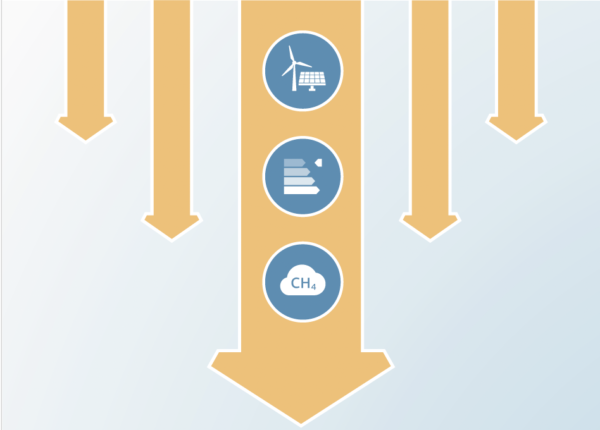Locked into Copenhagen Pledges - implications of short-term emission targets for the cost and feasibility of long-term climate goals
Authors
Riahi, K., Kriegler, E., Johnson, N., Bertram, C., den Elzen, M., Eom, J., Schaeffer, M., Edmonds, J., Isaac, M., Krey, V., Longdon, T., Luderer, G., Mejean, A., McCollum, D.L., Mima, S., Turton, H., van Vuuren, D., Wada, K. Bosetti, V., Capros, P., Criqui P. and Kainuma, M.

This paper provides an overview of the AMPERE modeling comparison project with focus on the implications of near-term policies for the costs and attainability of long-term climate objectives. Nine modeling teams participated in the project to explore the consequences of global emissions following the proposed policy stringency of the national pledges from the Copenhagen Accord and Cancún Agreements to 2030.
Specific features compared to earlier assessments are the explicit consideration of near-term 2030 emission targets as well as the systematic sensitivity analysis for the availability and potential of mitigation technologies.
Our estimates show that a 2030 mitigation effort comparable to the pledges would result in a further “lock-in” of the energy system into fossil fuels and thus impede the required energy transformation to reach low greenhouse-gas stabilisation levels (450 ppm CO2e). Major implications include significant increases in mitigation costs, increased risk that low stabilisation targets become unattainable, and reduced chances of staying below the proposed temperature change target of 2 °C in case of overshoot.
With respect to technologies, we find that following the pledge pathways to 2030 would narrow policy choices, and increases the risks that some currently optional technologies, such as carbon capture and storage (CCS) or the large-scale deployment of bioenergy, will become “a must” by 2030.











